The UK North Sea’s largest oil and gas producer, Harbour Energy, saw its tax bill fall during the first half of 2023, but only because profits plunged more than 70%.
Harbour said it forked out nearly £344 million in tax, about £6.5m more than it made in pre-tax profits, compared with £398m a year ago.
The cut in overall taxation came despite an increased “burden” from the UK Government’s controversial energy profits levy (EPL), or windfall tax, the London-listed firm added.
Harbour’s EPL contribution to the Treasury in the first six months of this year totalled £237.6m.
Windfall tax blamed for 35 job cuts
There was no EPL impact on Harbour’s results for the first half of 2022. The levy was introduced in May last year but did not clear the legislative stage until June 30, so was instead reflected in the firm’s full-year figures.
The levy has been blamed for a cut in investment, the shelving of projects and job losses in Britain’s oil and gas industry. It was launched at 25% of profits made from production but later increased to 35%, bringing total tax on the sector to 75% – one of the highest rates in the world.
Earlier this year, Harbour said it was cutting 350 onshore jobs because of it.
In a results statement today, Harbour revealed its first half tax rate was effectively 102%. This is up from 34% a year ago and “materially higher” than the statutory UK percentage as a result of “several period specific adjustments”, the company said.
EPL is in place until March 2028. For the tax to be halted before then, average oil and gas prices must fall to, or below, $71.40 per barrel and £0.54 per therm respectively for two consecutive quarters.
Harbour reported first half revenue and other income of about £1.6 billion, down from £2.1bn a year ago. This year’s weaker figure was due to lower oil production and commodity prices, especially for UK natural gas.
Natural decline drives lower output
Pre-tax profits for the latest period came in at £337.5 million, compared with £1.17bn last time.
Production for H1 2023 averaged 196,000 barrels of oil equivalent (boe) per day, down from 211,000boe in the first half of 2022.
The fall in output reflects natural decline, offset by contributions from new wells in the UK North Sea. Drilling delays and deferrals for partner-operated assets, primarily on the Beryl oilfield, 215 miles north-east of Aberdeen, are expected to further reduce output to 185,000-195,000boe this year.
Harbour has oil and gas interests in the UK, Norway, Indonesia, Vietman and Mexico.
It also has a growing renewable energy portfolio, including stakes in the Viking and Acorn carbon capture and storage (CCS) projects awarded “track 2” status by the UK Government, an important milestone towards potential final investment decisions.
Acorn, focused on St Fergus gas terminal, near Peterhead, is a joint venture between Harbour (30%), Storegga (30%), Shell UK (30%) and North Sea Midstream Partners (10%).
Viking, on Humberside, ranks as one of the largest planned CCS projects in the world.
We remain focused on maximising the value of our UK oil and gas portfolio.”
Linda Cook, chief executive, Harbour Energy
Harbour hailed its two UK CCS projects as having “the potential to deliver a long-term, stable income stream”.
The company said it started the second half of the year in a strong position, supported by a cash generative asset base, robust balance sheet, disciplined capital allocation and “a prudent approach to risk management”.
Summing up the first half and looking ahead, chief executive Linda Cook said: “We remain focused on maximising the value of our UK oil and gas portfolio. We have also progressed our strategic investment opportunities outside of UK oil and gas – in Indonesia, in Mexico and in CCS. These have the potential to materially increase our reserve life, support shareholder returns and diversify our company over time.”
What is the latest payout to Harbour Energy’s shareholders worth?
Shareholders will get an interim dividend worth just over 9.4p per share. A similar payout in May was worth about £78, in total. The company’s board has also approved a share buyback scheme, worth about £157m.
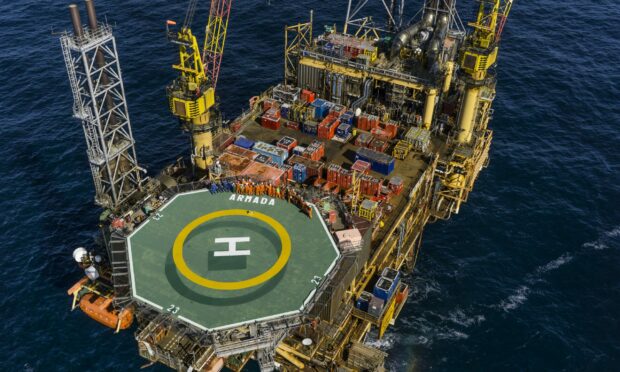
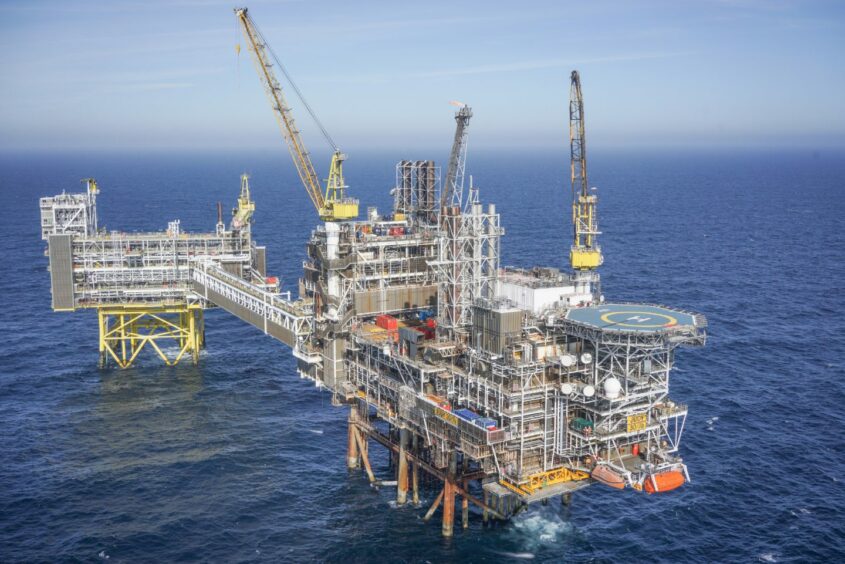
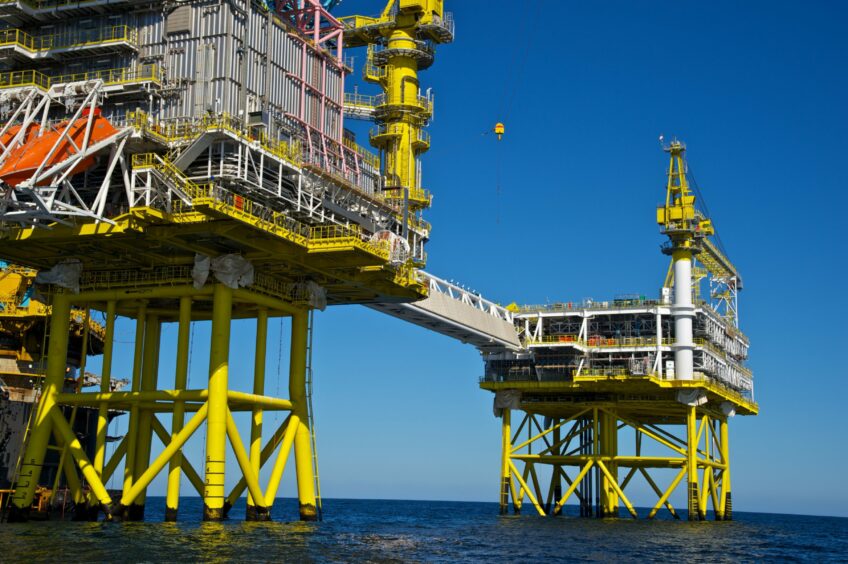

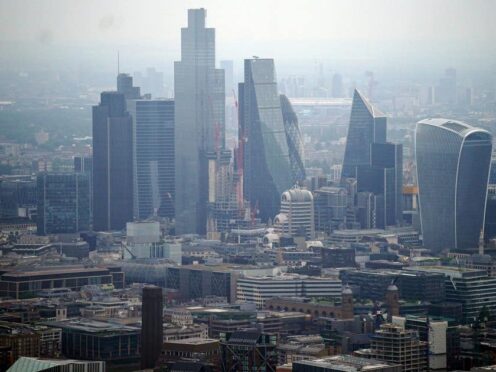
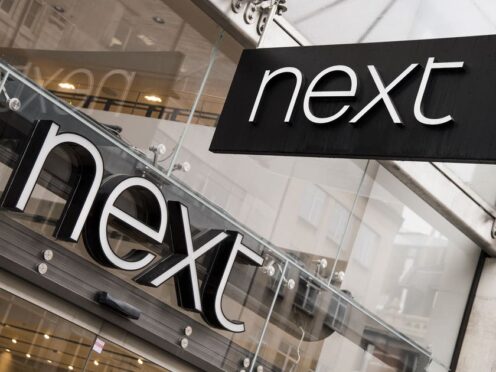


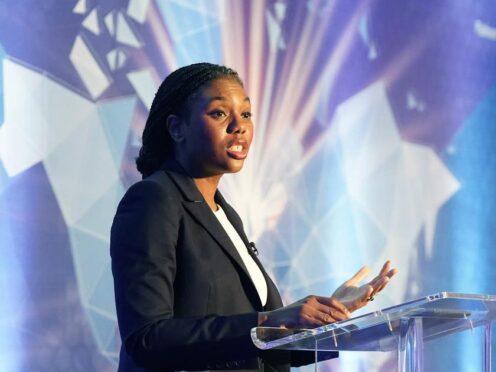
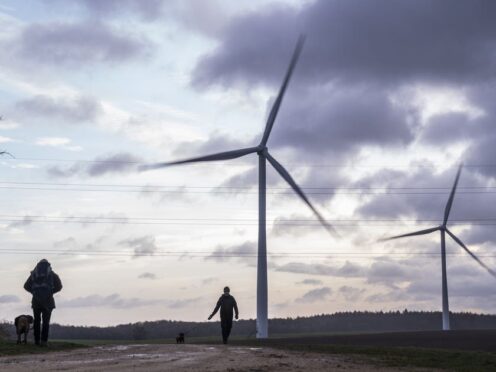
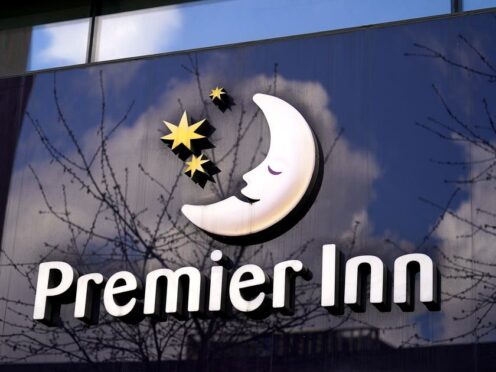
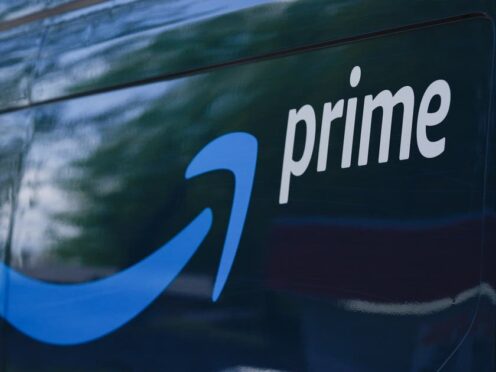

Conversation